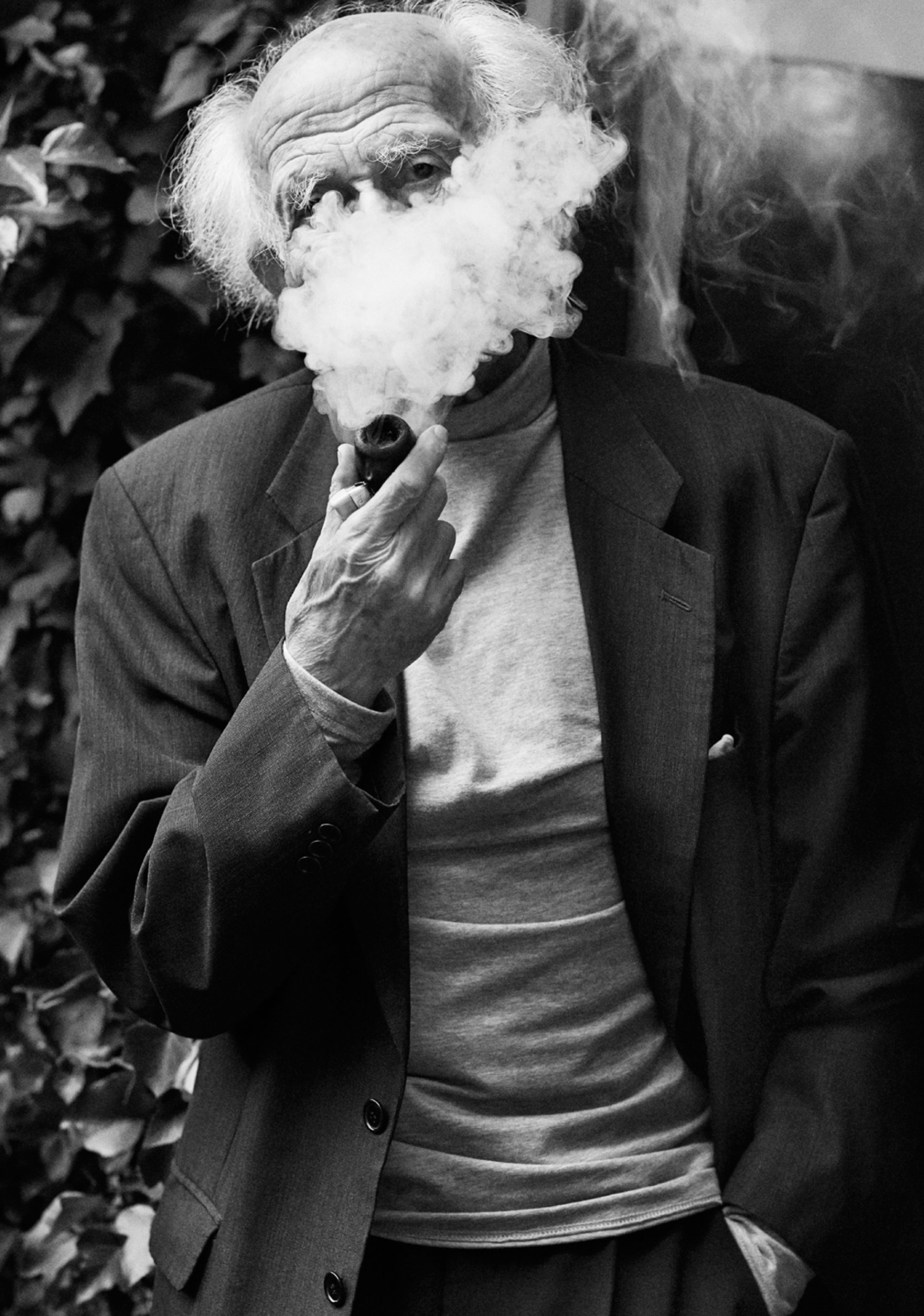POPULAR SCIENCE: Levi’s® Engineering

We’ve seen a swathe of sportswear, luxury, and heritage labels reboot products from their 1990s archives in recent months, but Levi’s® probably packs the biggest legacy of all of them: founded in 1873, the brand is responsible for one of the most iconic garments ever produced – the Levi’s® 501 – and has defined the signature styles of various youth- and subcultures since the 1950s. When Levi’s® Engineered Jeans™ appeared in 1999, at the apex of the first dot-com boom, they were wildly successful. The concept epitomized the times: the design messaged a forward-thinking approach, the jeans’ “ergonomic” twisted side seams and darted yoke suggestive of the future of apparel, emphasizing adaptability and function for a swiftly evolving digital landscape. Silicon Valley came back, post-2000s, with a vengeance, and now Levi’s® Engineered Jeans™ have too.


The special edition re-issue for Spring/Summer 2019 expands the engineered narrative of the original product using contemporary technologies in stealth four-way stretch and 3D-knitting, all while referencing the 1999 red back patch, inner pockets, and hanger loop detail. The result is a product line that imagines “what it could be like to make the jeans of the future,” according to Jonathan Cheung, Senior VP at Levi’s® Global Design, while paying homage to the brand’s legacy. Accompanying the Levi’s® Engineered Jeans™ reboot is the new Levi’s® Engineered Knit series: sportswear whose fabric is sewn as the garment is constructed, cutting the separate panels required to make a pair of jeans in half and saving on fabric waste and weave time – emphasizing not only the functional versatility of the garments, but the importance of sustainability in their manufacturing.
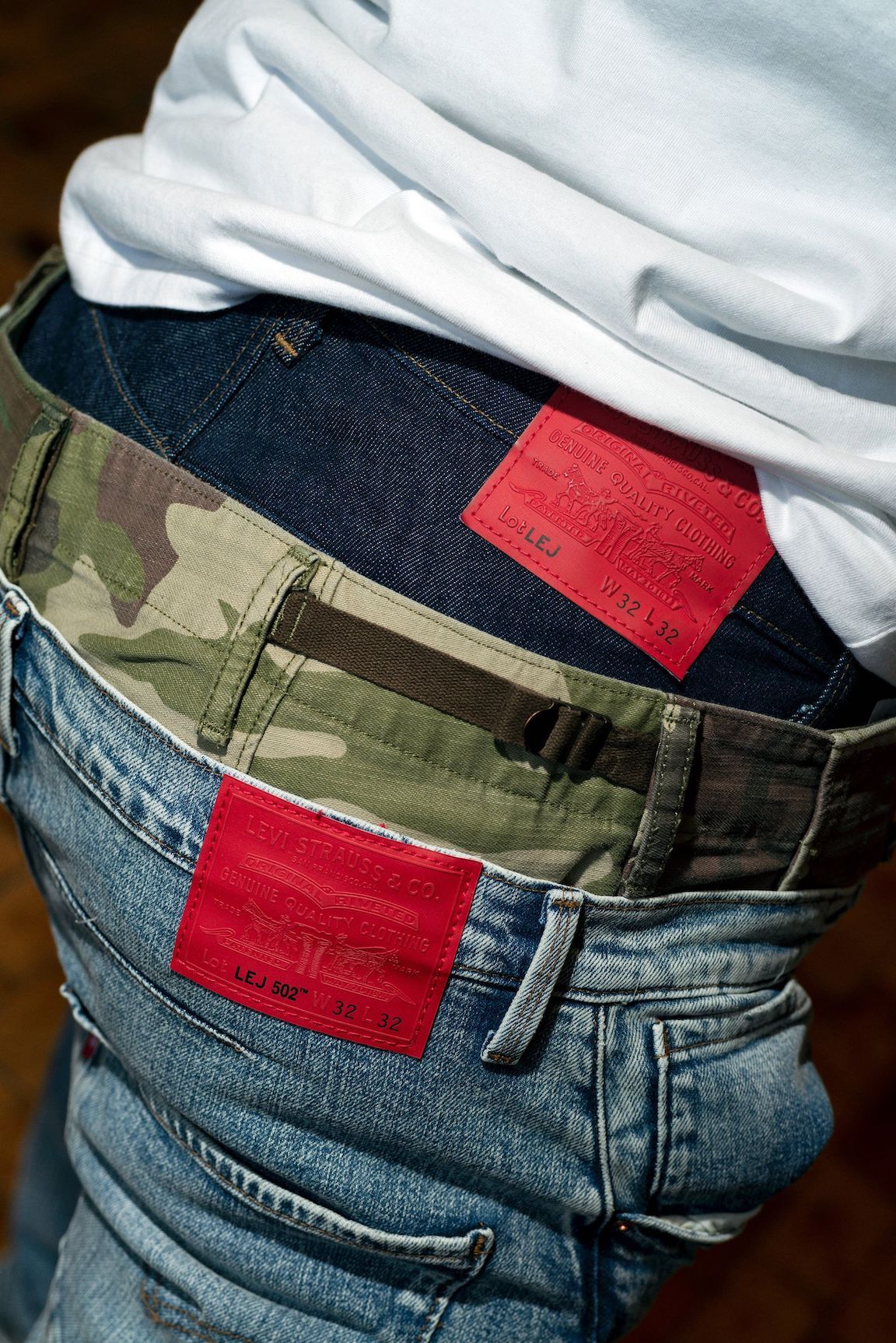

Naturally, we tested out the 2019 Levi’s® Engineered line – complete with sideways subversion of the globally ubiquitous Levi’s® red tab t-shirt – at the Technical University of Berlin (Technische Universität Berlin), known worldwide for its highly ranked engineering programs. Photographer Christian Werner shot the collection at TU’s Institute for Mathematics, housed in an “Eco-modern” construction designed by architects Georg Kohlmaier and Barna von Sartory. Their building concept prioritized technological savvy and energy efficiency, conveyed with the distinct aesthetic verve and optimism of the 1980s – a retro-future setting for 21st century research and innovation.
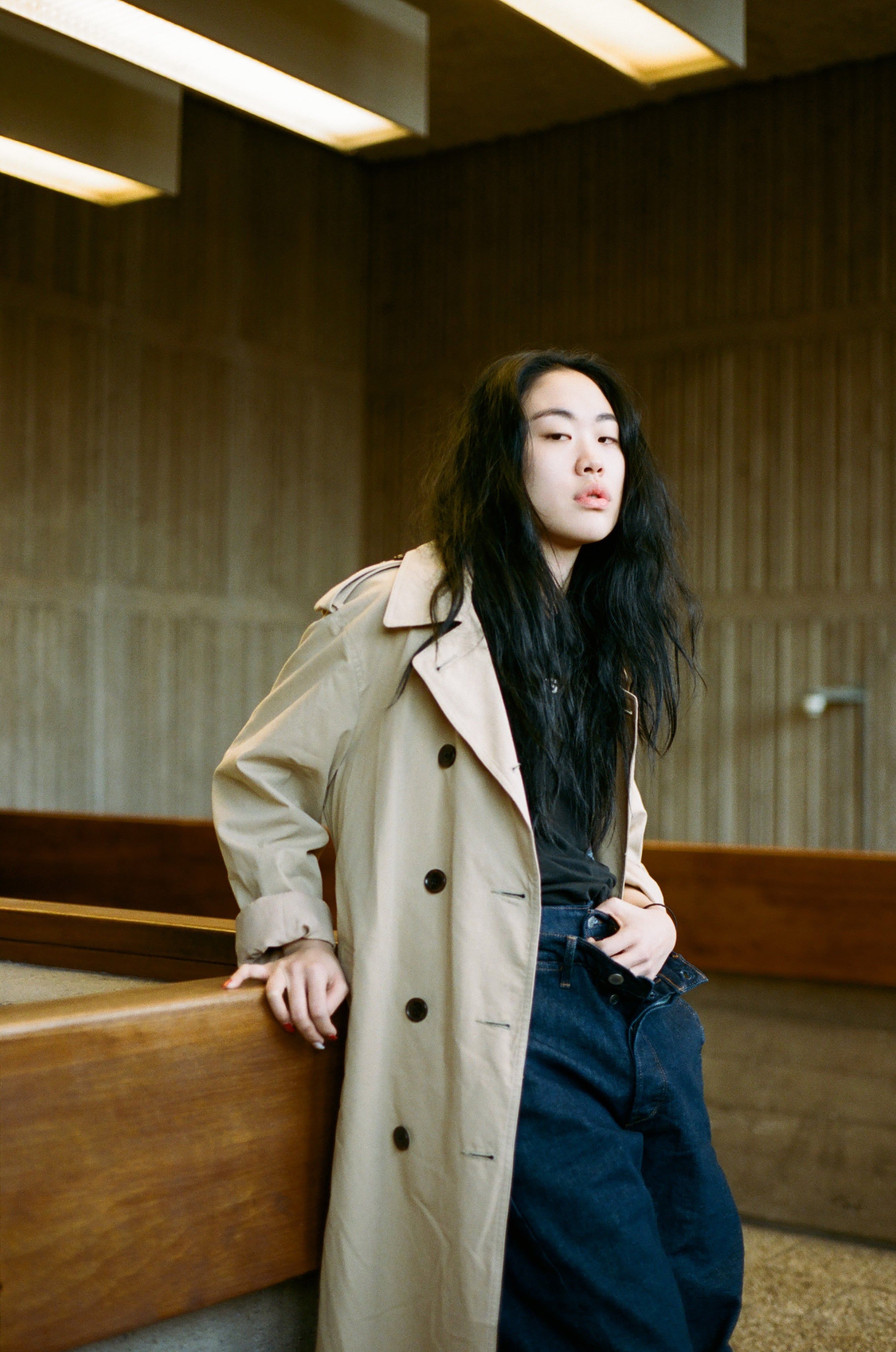

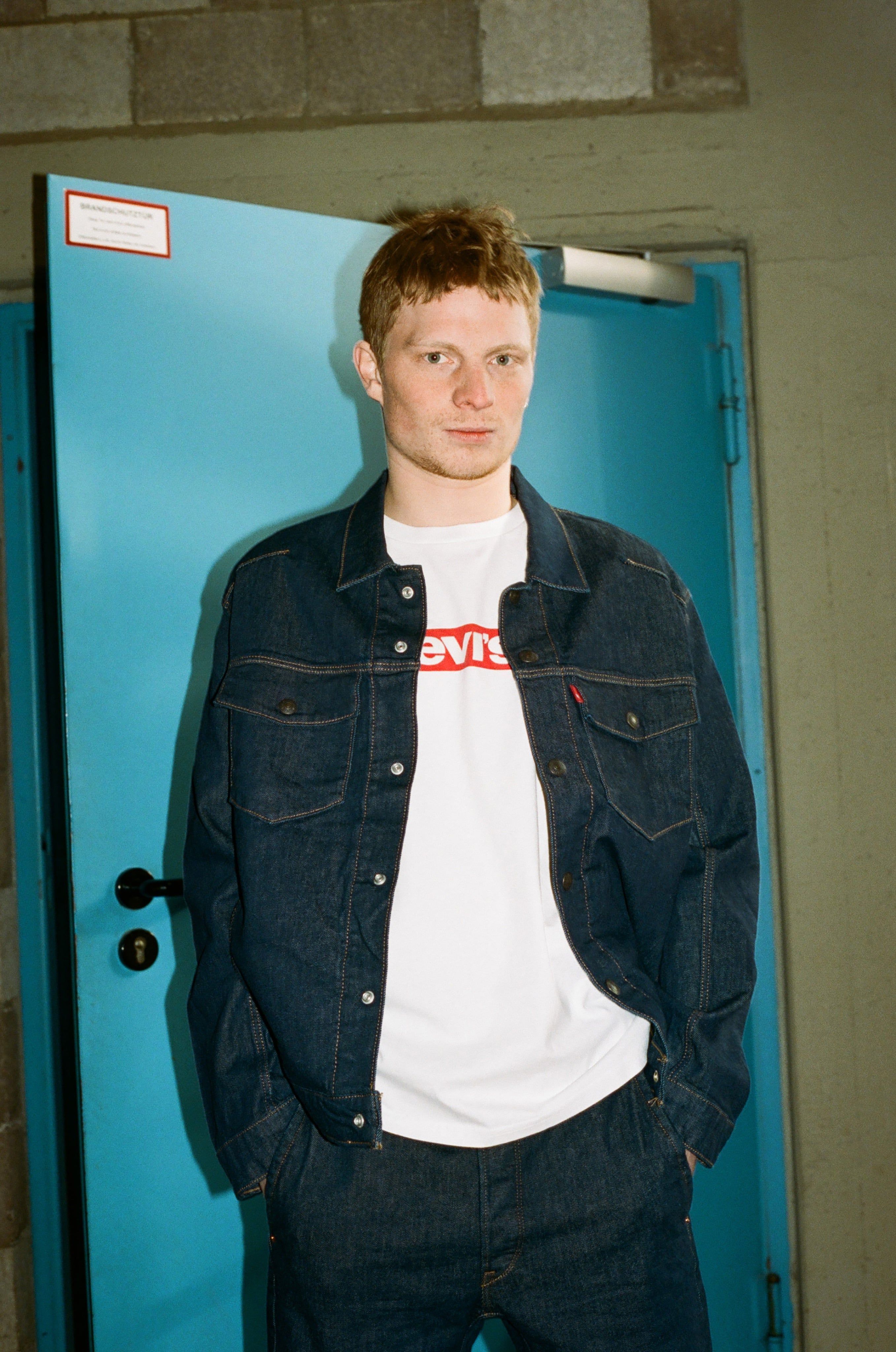
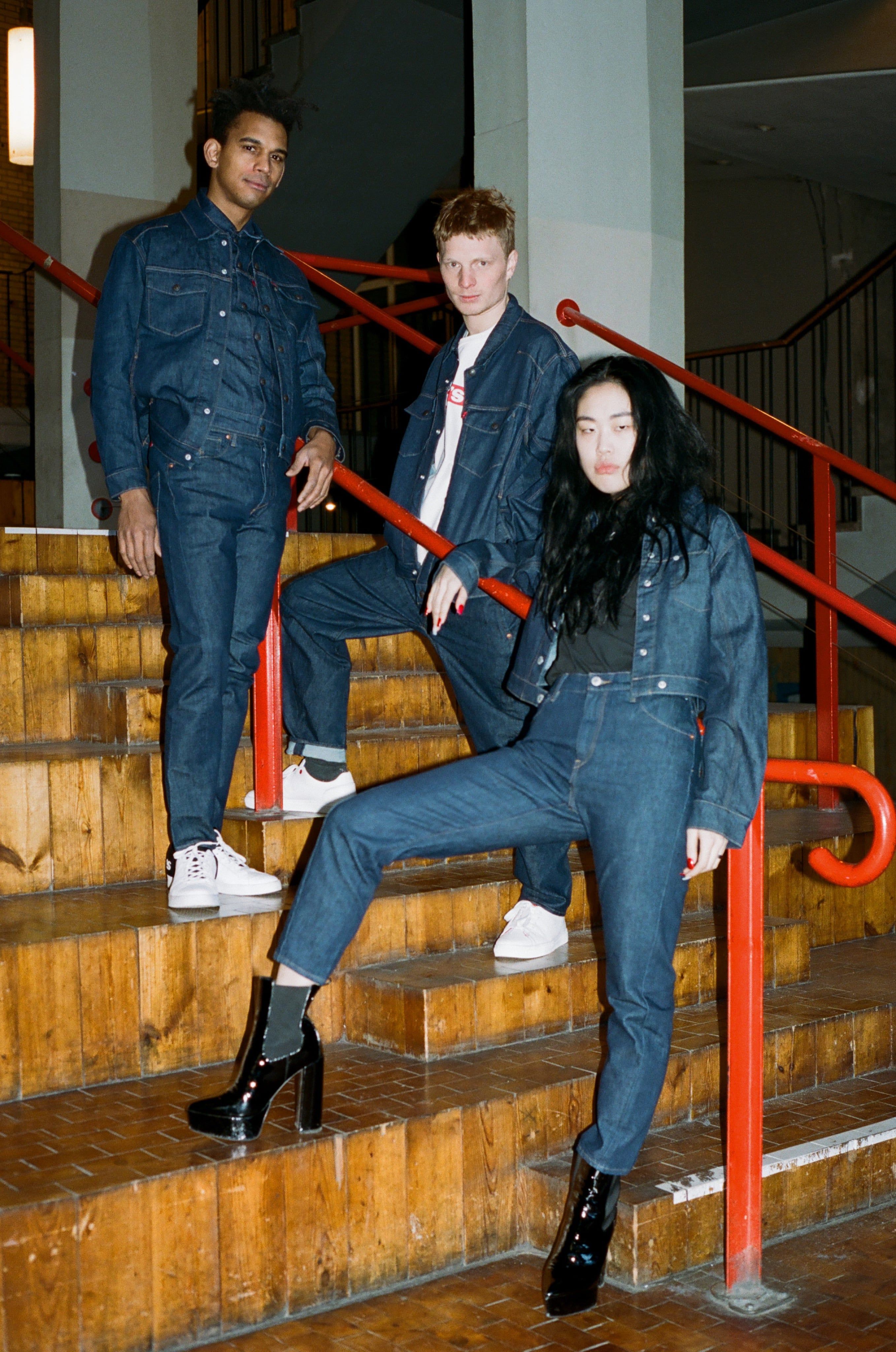

#Levis #LiveinLevis
